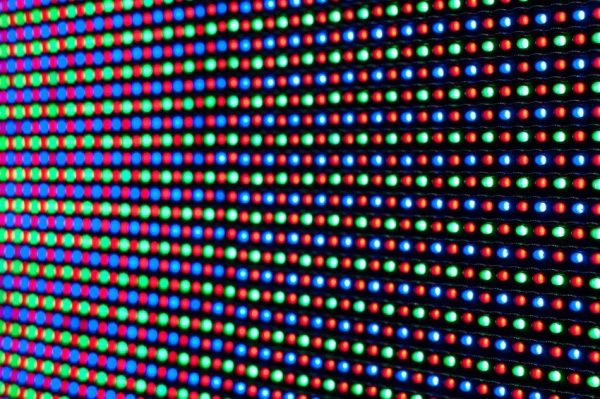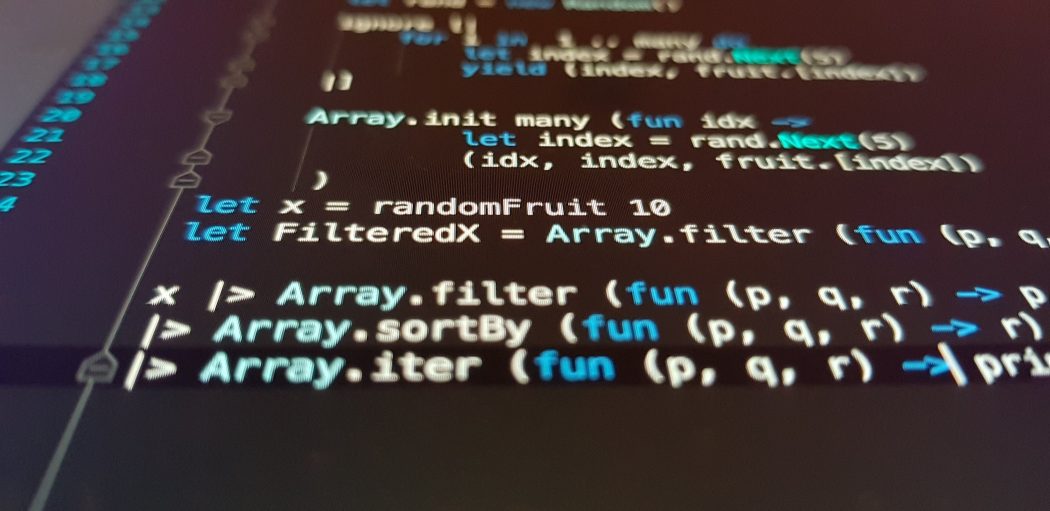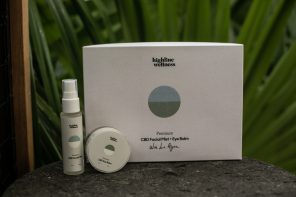Blue light, blurred vision, dry and tired eyes, headaches and fuzzy rabbits
Until the robots take over we still have to do work at computers, many of us all day long, scrutinizing tiny numerals on spreadsheets, moving pixels around on Photoshop and online shopping for new shoes or googling “when will the singularity happen so I can stop buying shoes online and start fighting Skynet?” But if you’ve stopped to think about how many hours a week you are staring at a screen, you might start to think that we are already the robots’ slaves. (“Siri, show me a slippery slope.”)Well, until your smartphone, in the voice of Scarlett Johansen, tells you that you don’t need to anymore, you will probably continue to keep working at a computer screen all day—in fact, you may find your screen time increasing, especially when you factor in smartphone and tablet time. But all is not lost. We do have a few tools at our disposal. Such as glasses with blue-light filtering lenses that counter the blue light rays the robots are shooting out of the screens at us.
Is it a diabolical robot plot to make us all go blind? There’s no telling. But until there’s a definitive answer, here’s what you are doing to your eyes by staring at light-emitting diodes all day long (and some of you, we’ve heard, all night, too), and what you can do to keep your eyes on the prize (which is winning the war against the robots obviously, which you can’t do if your retinas have been fried by blue light).
Here’s what you are doing to your eyes by staring at light-emitting diodes all day long.

Look real close at your screen and this is what you’ll see.
Blue light is one culprit. In a nutshell, you’ve got the diodes on your screens shooting red, green and blue rays at your peepers all day long. The thinking goes that the high-energy, short blue light wavelength hits the front of the retina and prolonged exposure (are you still adding up your weekly screen time hours?) can cause a worsening of visual fatigue and even nearsightedness as well as possibly longterm damage. Another side effect of exposure to blue light that you likely heard about is how it inhibits melatonin secretion and can affect your sleep patterns and quality.
Blue light-filtering glasses filter out the blue light wavelength and basically give you superpowers (or at least take away the headaches and blurred vision). This does not mean that you should then hold your face six-inches away from your computer monitor all day though. The added advantage of wearing blue light-filtering glasses, such as the stylish ones our friends at Felix Gray make, is that they have an anti-reflective coating on both sides of the lens to most effectively filter blue light, block UV, and eliminate the glare of the ten thousand screens you are staring at all day long.
Symptoms to look out for:
- Blurred vision
- Dry eyes
- Headaches
- Eye fatigue
While the jury is still out on the extent of macular degeneration caused by extended blue light exposure, the robots likely don’t want you to know the truth because they want us all to have robotic eyes so they can control them. A recent study showed blue light causes long-term eye damage conducted on rabbits. Taking aside the cruelty of forcing rabbits to type all day (that’s what interns are for), a rabbit’s eye is different from a person’s eye. The simple fact that the robots might be hiding is that lots of people report that their eyes are much more comfortable when they wear blue light-filtering glasses at work. The only question that remains is if they come in rabbit size. Also we’d like to know how do the rabbits keep their glasses on since their ears are not really built for that.

A combination of the glare from the screen, blue light exposure, focusing on backlit text and images, and just plain old near work results in digital eye strain or, more frighteningly put, computer vision syndrome.
Aren’t you lucky there are blue-light filtering spectacles designed to help with all that?

If you had Mothra-eyes you could focus on like a million things at once.
The Trouble with Near Work
“Near work” is a fancy way of—though not that fancy we suppose—of saying you are looking at something very close. Imagine you are in a movie theater watching Godzilla fight Mothra. Your eyes don’t need to move around that much to take in different parts of the screen. Now imagine you are reading this article on your computer screen. That one probably did not take as much of a leap. Your eye is needing to move around much more to read along now and then you are wondering, What was all that stuff about Mothra? Are you just trying to make me move my eyes more? The answer is no, not really, it was just an example. The other thing about near work is you aren’t blinking as much when you are focused on something up close, and your eyes dry out. You probably just blinked when we told you that, but there’s no way you can make up for all the not blinking you were doing when you were reading about Mothra, so the best thing you can do is get some eye drops. Your blink is like a windshield wiper for your eyes and when you’re not blinking all the bugs you are driving into accumulate on your eye, resulting in blurred vision to go with the dryness. Again, lubricating eye drops—not windshield wiper fluid.
Your eye is needing to move around much more to read along now.
So one of the main things here is that you want to be about an arm’s length away from your computer screen. This will help with the focusing and not moving your eyes back and forth quite so much. It will also help with some posture and neck problems you might have but we are here today to talk about eye trouble, not necks or spines.
One quick tip to help with the above, even if you are wearing blue light-filtering glasses, is the 20-20-20 rule. This is easy to remember because it will remind you of a time before you stared at screens all day when you had 20/20 vision. But the meaning is different. The 20-20-20 rule is to remind yourself to take a break every 20 minutes, and when you do this focus on something 20 feet away for 20 seconds. This gives your eyes a chance to rest and refocus and you can blink, too. (“Siri, remind us to take a break every 20 minutes and stare at something 20 feet away for 20 seconds.”)











